
It was a warm sunny day in the little town of Ridge Farm, Ill. The sidewalks were bare as small towns can be sometimes on Sunday afternoon.
As I was alone in the small restaurant setting upt tables for the evening customers, when I glanced out the window to see three young men getting out of their car. Two of them ordered their food while the other young man had walked over to the juke box and stood scanning the list of songs displayed there. I walked over to the juke box and asked if he would please give me his order a I was busy and needed to get on with my chores. He replied, “Will you ask your boss to plug one of my records? I gave him my check order pad to write down the name of the record, which he did, and I asked him what his name was. He evidently thought that I knew him. I am 5 feet tall, and I can still remember this tall, sandy-haired young man looking down at me surprise. I said, “Well, should I know you?” He shrugged his shoulders saying, “Well, I guess not!” He then signed his name and handed me back my check order pad.
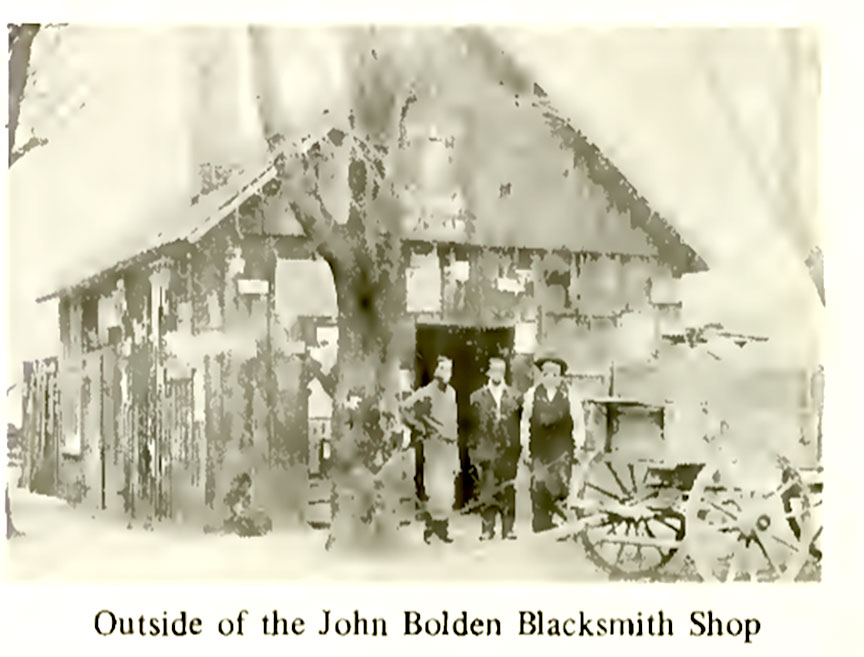
John Bolden, born in slavery, escaped from his owner and served with the Union Army in Ohio. After establishing a home in Ridge Farm, he returned to Tennessee to get his wife, Ann. He operated a blacksmith shop on West Main Street for years. Mrs. Bolden cleaned and pressed clothes for Dr. A. A. Clark and others. The ten Bolden children attended schools here. Mr. and Mrs. Bolden, members of the Ridge Farm Methodist Church, are buried in Crown Hill Cemetery.
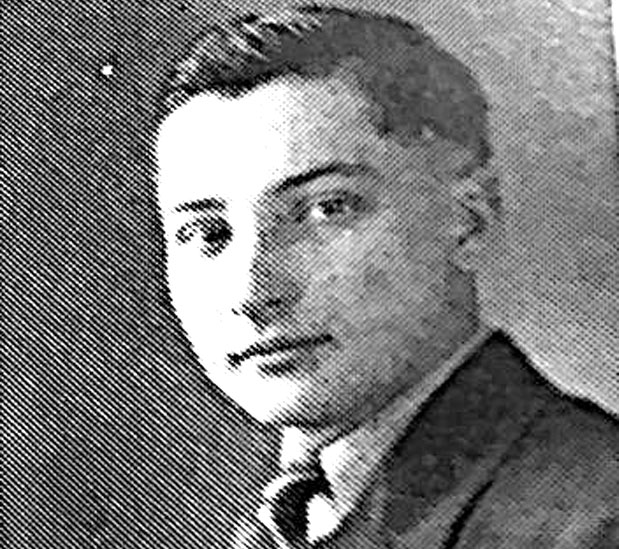
In the early 1970’s while living in Ridge Farm I was a member of the American Legion Auxiliary. The members met in each other’s homes. One member, Cecil Cooke, was a gold star mother.
For some reason I have a memory of Cecil standing in her living room us the letter she had received from a family in the Netherlands that looked after her son’s grave. While planning a trip to Belgium I checked to see how far it would be to travel to the grave of her beloved son, Donald. Thanks to research done by Sherry McCool Kruzan, I carried with me the exact Plot, Row and Grave location. The drive from my daughter’s home to the Netherlands American Cemetery was an hour and a half trip. On March 20, 2019 Jim Honnold, Adrianne Honnold, and I traveled to Margraten, Netherlands.
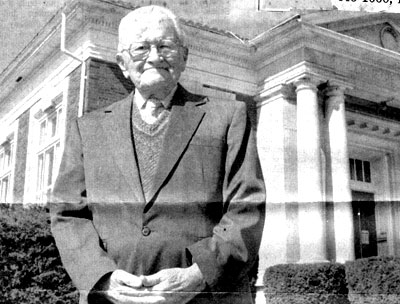
Carnegie Library has waned little over the ensuing decades, locals say.
"It plays a very active role in the community," patron Rachel Heron said. "It's vital because it offers something to the entire community, where a lot of people might not normally have access. It attracts people of all ages."
Read more: Reading The Ridge - Tiny Carnegie Library makes due on a tight budget

As bank president and chief executive officer of the Ridge Farm State bank for eight years, Herron said that being female in a traditionally male environment _never crosses her mind, or any. one else’s.
"I don't think about it being different because I'm a woman," she said. "I feel very fortunate that I have the job that I have, but it doesn't occur to me that I am a woman instead of a man."
Read more: A Typical Male World No Problem to Bank President - by Bahbra Boykin
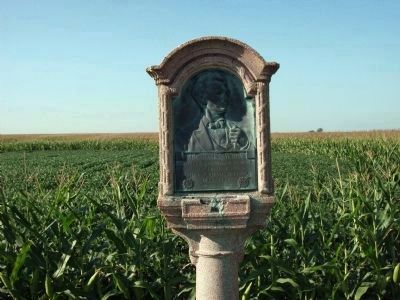
Abraham Smith came to Illinois from Tennessee and homesteaded 1,000 acres near Vermilion Grove, where he married Mary Canaday. He wanted to venture out on the prairie, -to the south. but was warned against the daring idea of farming where no one else had tried. In 1839, he moved to his farm on the glacial ridge and proudly called it his Farm on the Ridge or Ridge Farm. His wife said later that things did look bleak and rough when she came there to live on Christmas Day. He established a Post Office and was the first Postmaster. He opened a blacksmith shop, an inn and a general store. Since there was no other stopping place for miles for the stage coach between Danville and Paris, he was obliged to "keep tavern" for the travelers. Four-horse coaches were put on the route the following spring for daily trips througl1 the village.
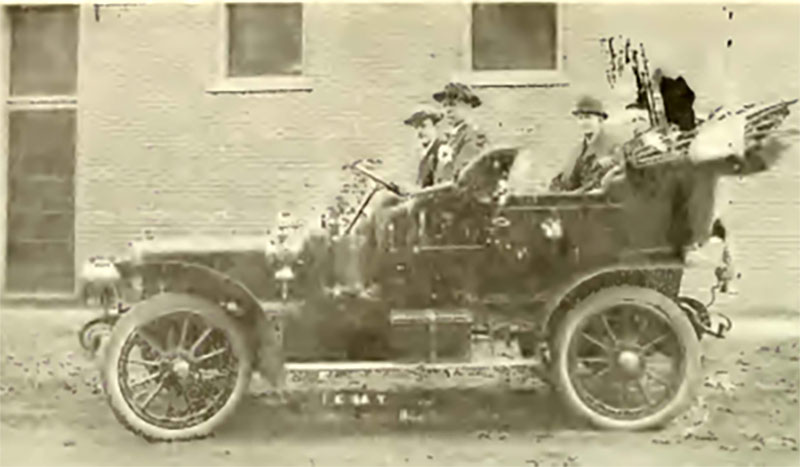
Monroe Ewing's 1900 Murray was one of the first cars here. Ruth Castle remembers the treat of riding down the cemetery road in it. Howard Mills had a Case auto which he drove everywhere to play football. He was manager and team member of Ridge Farm's professional football team. Danny Mills had the first red roadster Locomobile built high off the ground. Henry Woodyard owned a big, heavy Locomobile. Jack Banta liked bicycle racing and also his Locomobile. Herbert Harrold sold "Brushy" Coe a Locomobile and when he drove under some low tree branches, the top was brushed off, but he took it to the garage and had it replaced. A. V. Schermerhorn and George Henderson first had their Ford garage near the present lumber yard, then they moved to the location of Hester's Antique Shop. Charles Harrold sold Fords here and McKinley Henderson was a Chevrolet dealer
Read more: The First Cars in Ridge Farm -- From the Centennial Program

When the first settlers came, they found the luxuriant grass high enough to tie over the horses' withers and hide them from view. The land was marked out with a bar shear plow. Squaws showed them how they made holes four feet apart and planted the corn with a fish or craw fish for f ertilizer. The children dropped the corn and covered it with a hoe. It was often eaten by sandhill cranes, ducks, geese and prairie chickens.
The corn was stored in pits which had been dug in the ground if it were needed for feed. Any surplus left to sell was hauled to Eugene and Perrysville and put on boats to go to the market in the East.
Read more: About Ridge Farming - From the Centennial Program

